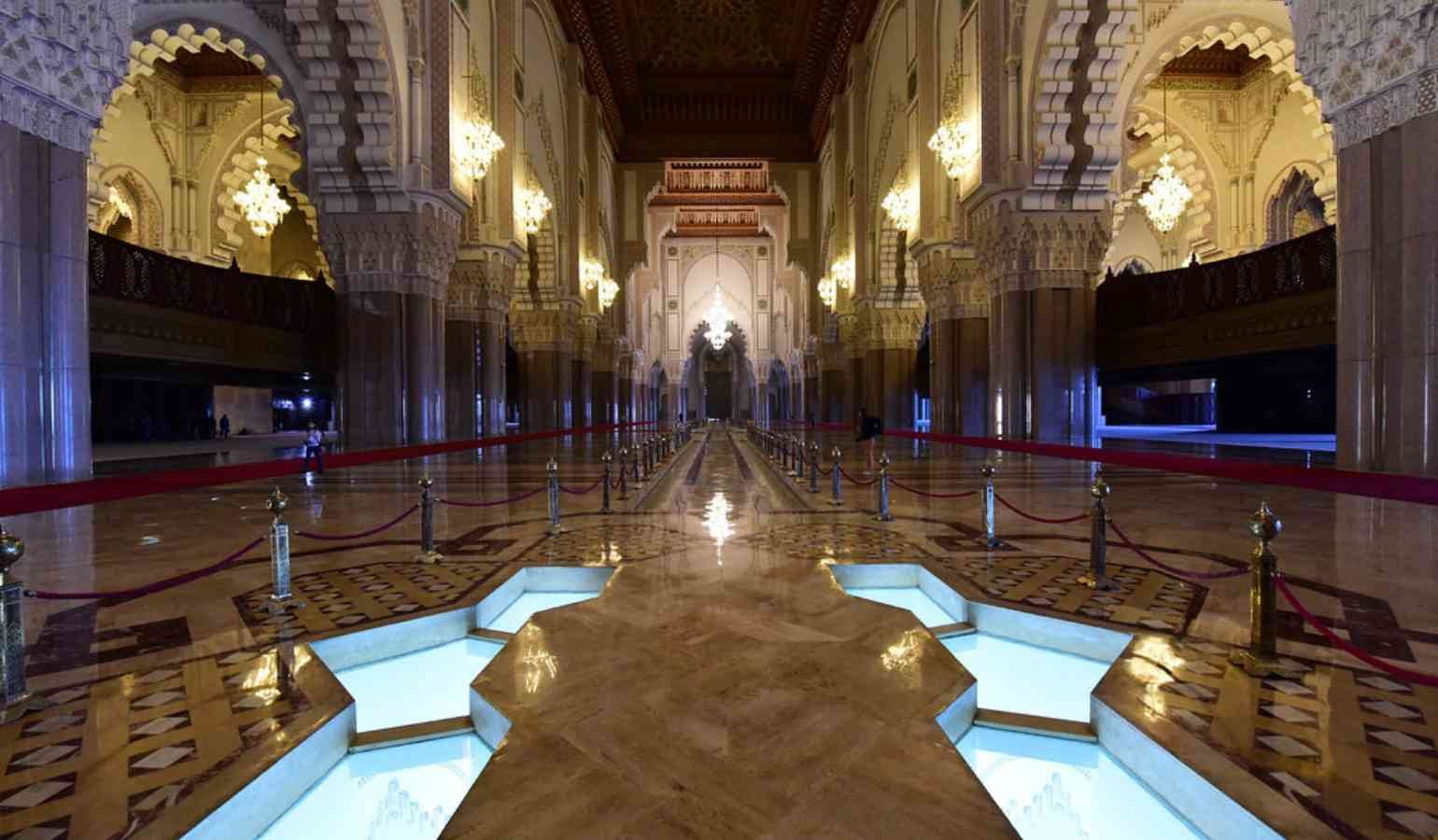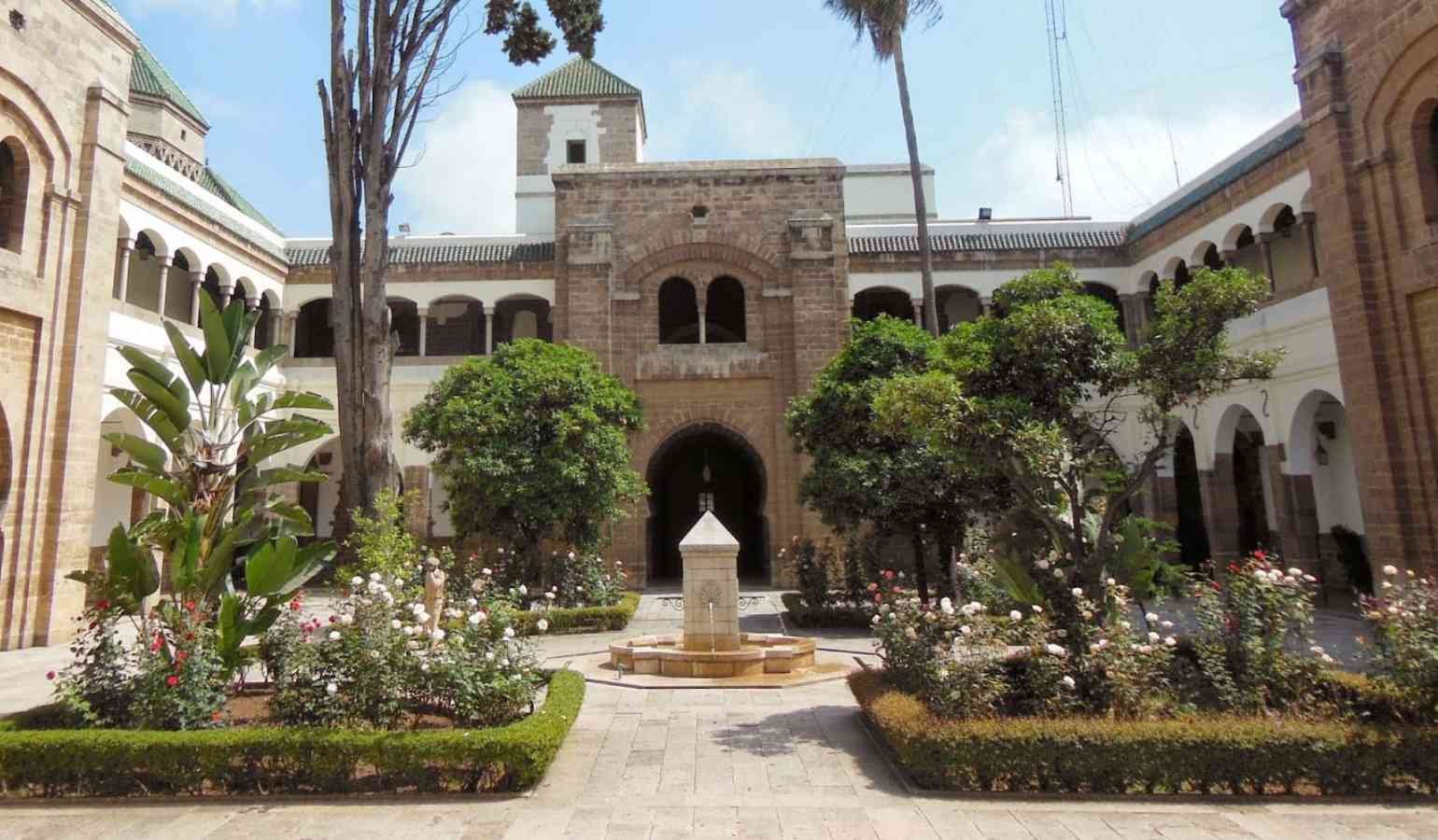Perched on the edge of the Atlantic Ocean, the Hassan II Mosque in Casablanca is a symbol of Morocco’s rich cultural heritage and Islamic faith. As one of the largest and most magnificent mosques in the world, it stands as a testament to the vision of King Hassan II and the artistry of Moroccan craftsmen. This architectural marvel is not just a place of worship but a cultural landmark that embodies the spiritual and historical essence of Morocco.
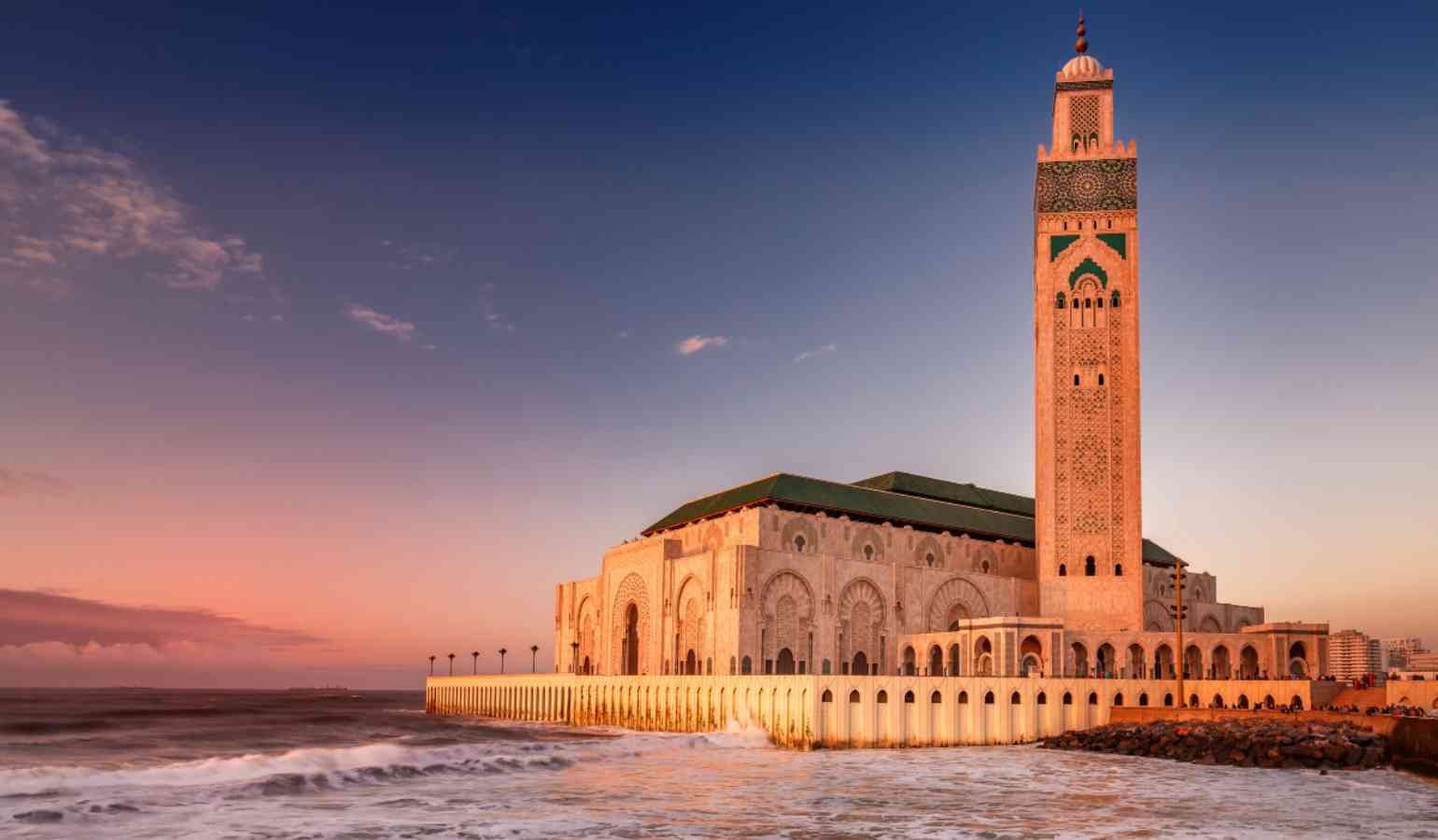
Hassan II Mosque, A Masterpiece of Moroccan Architecture and Spirituality
The Vision Behind the Hassan II Mosque
The idea to construct the Hassan II Mosque was born out of the desire to create a monument that would reflect the grandeur of Moroccan architecture while honoring the country’s deep-rooted Islamic traditions. King Hassan II, who ruled Morocco from 1961 until his death in 1999, envisioned a mosque that would be a symbol of Morocco’s religious devotion and cultural pride. He famously declared, “I want to build this mosque on the water because God’s throne is on the water.”
The mosque was intended to be both a place of worship and a beacon of Moroccan identity, showcasing the country’s rich heritage to the world. Its construction began in 1986, and after seven years of meticulous work by over 10,000 artisans and laborers, the mosque was completed in 1993, on the eve of King Hassan II’s 60th birthday.
Discover the Magic of Morocco: Get Your Free Travel Guide Now!
Get the e-book for free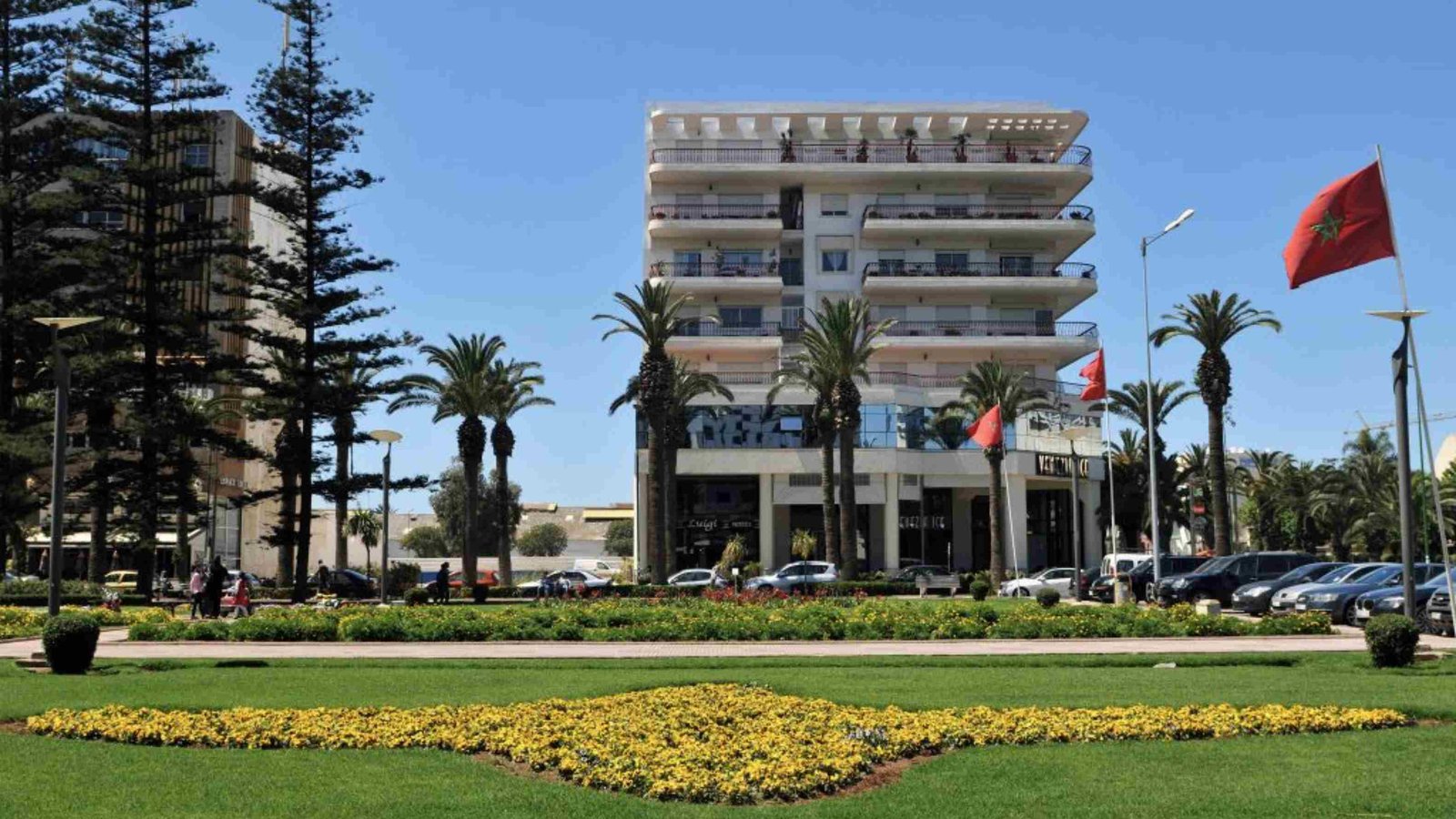
Architectural Splendor: A Blend of Tradition and Innovation
The Hassan II Mosque is a stunning blend of traditional Moroccan craftsmanship and modern engineering. Designed by French architect Michel Pinseau, the mosque covers an area of 22 acres and can accommodate up to 105,000 worshippers—25,000 inside the prayer hall and 80,000 on the surrounding esplanade.
One of the most striking features of the mosque is its location. Built partly on land and partly over the ocean, it appears to rise from the sea, symbolizing the intersection of heaven and earth. The mosque’s minaret, standing at 210 meters (689 feet), is the tallest in the world, and its laser beam, visible from miles away, points towards Mecca.
The mosque’s design is deeply rooted in Moroccan architectural traditions. The walls are hand-crafted from marble, the ceilings are made of carved cedar wood from the Middle Atlas Mountains, and the floors are inlaid with colorful zellij (mosaic tilework). The intricate stucco work, wood carvings, and mosaics reflect the exceptional skill of Moroccan artisans, who drew inspiration from the country’s centuries-old architectural heritage.
The prayer hall is an awe-inspiring space, with a 60-meter-high retractable roof that can open to the sky, allowing worshippers to pray under the stars. The hall is adorned with chandeliers made of Venetian glass and features an exquisite mihrab (prayer niche) that is oriented towards Mecca. The mosque also houses a library, a museum, and a Quranic school, making it a center for both religious and cultural activities.
The Cultural and Spiritual Significance of the Hassan II Mosque
The Hassan II Mosque is not only a place of prayer but also a symbol of national unity and pride. It serves as a reminder of Morocco’s Islamic heritage and the continuity of its traditions. The mosque is a focal point for religious life in Casablanca, hosting daily prayers, Friday sermons, and special religious events such as Eid celebrations.
For Moroccans, the mosque represents the legacy of King Hassan II, who sought to preserve and promote Moroccan culture while embracing modernity. The mosque’s construction was funded by public donations, which further cemented its status as a national project that brought together people from all walks of life.
The Hassan II Mosque is also a major tourist attraction, drawing visitors from around the world who come to admire its architectural beauty and learn about Moroccan culture. Guided tours are available, offering insights into the history, design, and significance of the mosque.
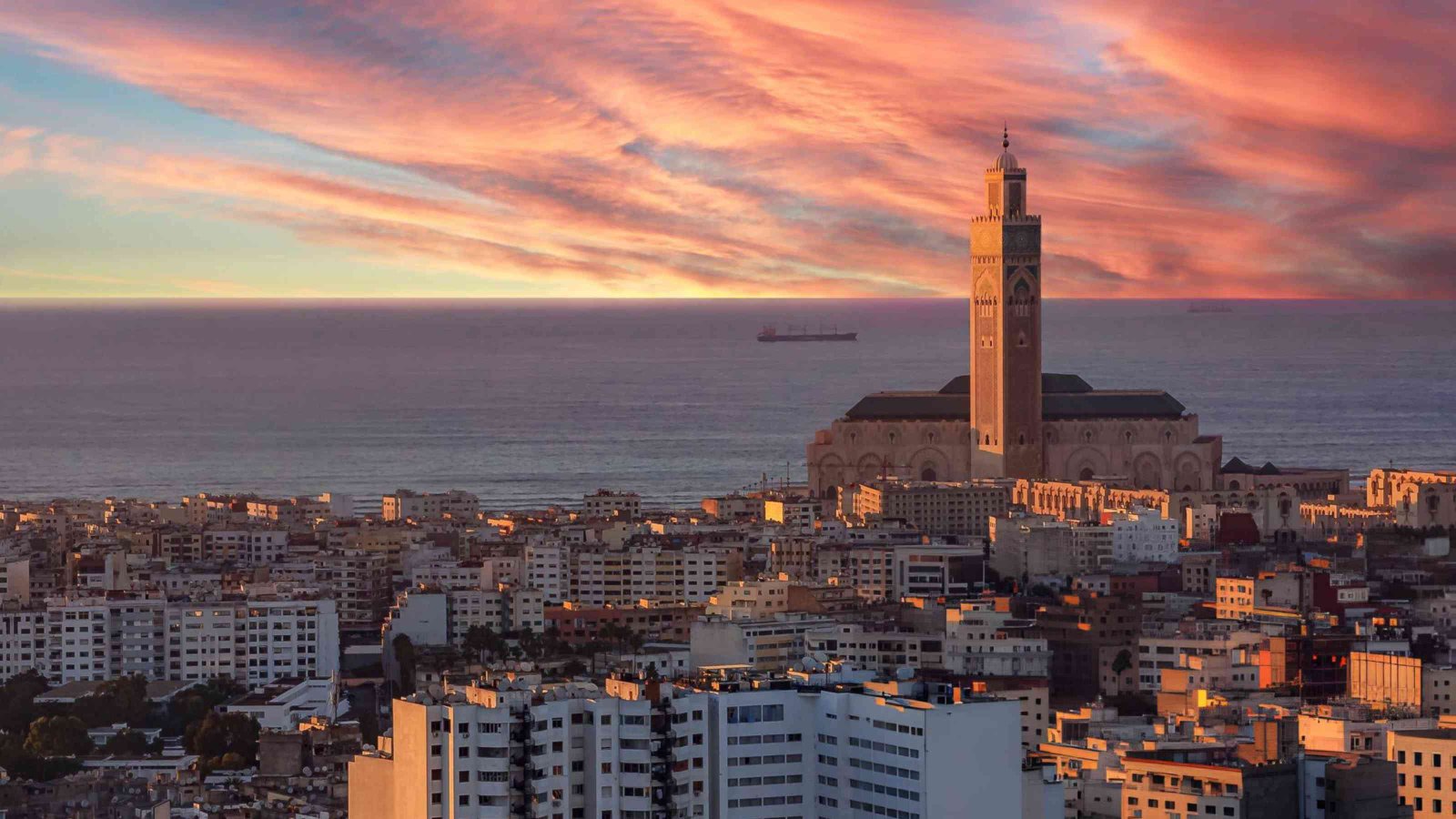
Hassan II mosquee In Casablanca, Morocco
Preservation and Legacy
The Hassan II Mosque continues to be maintained with great care, ensuring that it remains a symbol of Moroccan pride for generations to come. The mosque’s upkeep involves regular restoration and conservation work to preserve its intricate details and structural integrity.
King Mohammed VI, the current ruler of Morocco and the son of King Hassan II, has continued his father’s legacy by supporting projects that celebrate and preserve Morocco’s cultural and religious heritage. The Hassan II Mosque remains a testament to this ongoing commitment.
The Hassan II Mosque, A Monument of Faith and Artistry
The Hassan II Mosque is more than just a place of worship; it is a masterpiece of Moroccan architecture and a symbol of the nation’s spiritual and cultural identity. Its grandeur and beauty reflect the devotion of the Moroccan people and their deep connection to their faith and heritage. As one of the most iconic landmarks in Morocco, the Hassan II Mosque stands as a lasting tribute to the vision of King Hassan II and the artistry of Moroccan craftsmen.

